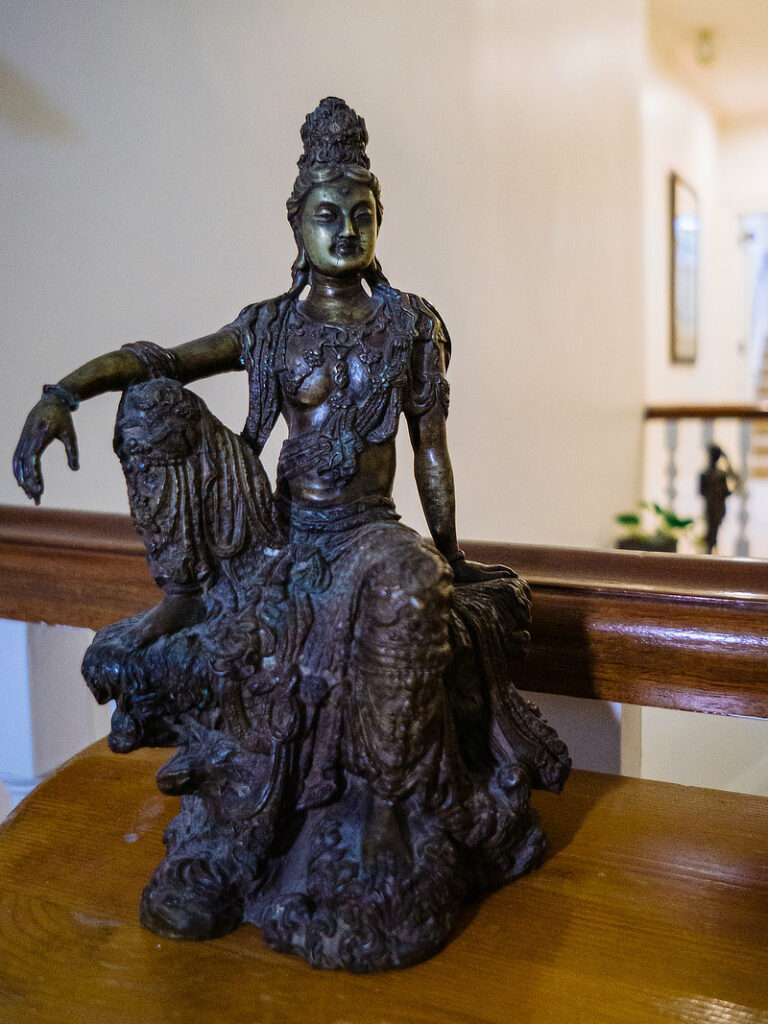After Larry Rosenberg founded the Cambridge Insight Meditation Center in the heart of Cambridge, Massachusetts he became its first Guiding Teacher and was soon thereafter joined by Narayan Helen Liebenson.
From its inception, CIMC has offered an innovative model for teaching Vipassana in the West: we are a sangha (community) of 21st-century lay practitioners, deeply rooted in a 2,600-year-old monastic tradition of Theravada Buddhism.

Since opening its doors in July 1985, the Cambridge Insight Meditation Center has offered a refuge to urban dwellers seeking to develop a more contemplative life. At the time of its founding, this was an act of both faith and innovation, for CIMC was the first western lay Theravada Center to locate itself in the heart of a city.
Larry and Narayan visited Thailand shortly after the Center opened in 1985, and the Thai Forest tradition they encountered was also influential. The green cushions in our meditation hall reflect this — they could have been any color, but green honors the Thai Forest tradition and offers a bit of nature in the middle of the city. In that first year, Larry Rosenberg and Narayan Helen Liebenson taught meditation to about thirty students. Michael Grady joined CIMC in 1994, and also became a Guiding Teacher. By then, the number of practitioners, programs, and resources of CIMC had vastly increased. Five years later, the physical size of our Center expanded, too, when we completely renovated our original building and most significantly, added a spacious, light-filled meditation hall on the third floor. In 2015, Michael Grady retired from his role as Guiding Teacher at CIMC.
By the early 1990s, the Center began to hold more communal gatherings, such as potluck dinners, holiday gatherings, gardening days, and bereavement ceremonies. From that time forward, an intentional effort has been made to build a sangha, based on a community of practitioners who have developed a strong commitment to the contemplative life and to bringing meditation into their daily life. The decision to renovate the Center in 1999 was motivated, in part, by the wish to provide more spaces for speaking and socializing without disturbing the silence of the meditation hall.